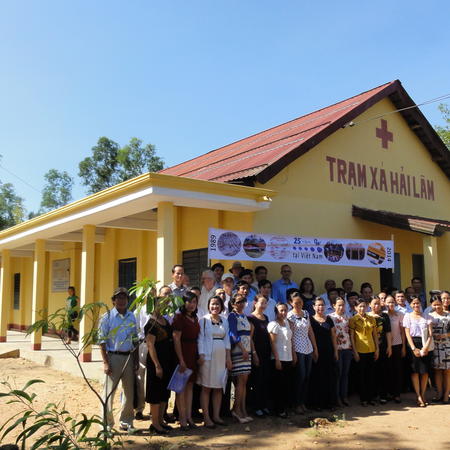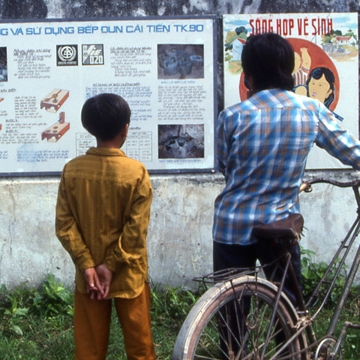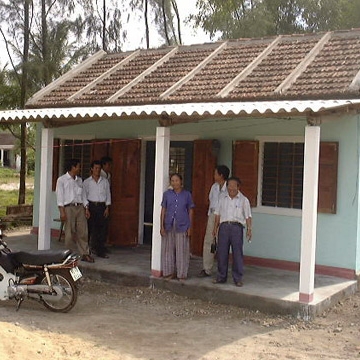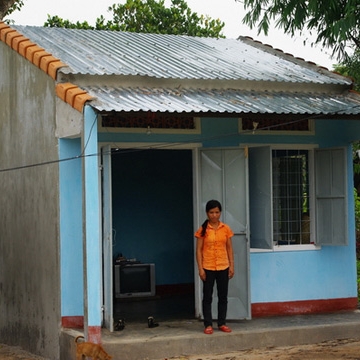- English
- Français
- Tiếng Việt
Slow & rapid onset disasters
Man and 'natural' disasters
Few 'natural' disasters are natural although the hazards that create them - a cyclone or earthquake for example - are natural events. Man's presence and his actions alter the nature and extent of a disaster. In most instances, without the presence of man, there is no disaster.
A hazard event can have a small disaster impact on a well prepared community, whilst a similar hazard can cause massive damage to a badly prepared community. The Chilean earthquake was 500 times stronger than the Haiti earthquake in 2010, but caused about 0,4% of the deaths that occurred in Haiti because, amongst other reasons, the buildings in Chile were better designed and constructed. (Sources: CIA Factbook, International Finance Corporation, US Census Bureau, Wire services).
Rapid onset disasters
Most of the 'natural' disasters we hear about arrive rapidly and in the case of earthquakes, with no warning. They are rapid onset disasters.
Cyclones, hurricanes and typhoons - the same hazard with a different name in different parts of the world - arrive with a few days warning, and annually we know when the cyclone season is likely to occur in specific regions, so that preparations can me made for their arrival. Floods can arrive very fast, but the conditions in which floods are likely to occur are quite predictable.
Slow onset disasters
Droughts are relatively slow disasters. Climate change, environmental degradation and desertication are very slow onset events, but can and should be considered as disasters in terms of the damage and disruption to lives that they may or indeed already do create.
Where?
40% of the world's natural disasters occurred in Asia between 1999 and 2008 and accounted for 80% of disaster deaths. (Development Asia, January - March 2011).
DWF works on mitigating against and adapting to the impact of both rapid and slow onset hazards and disasters.











